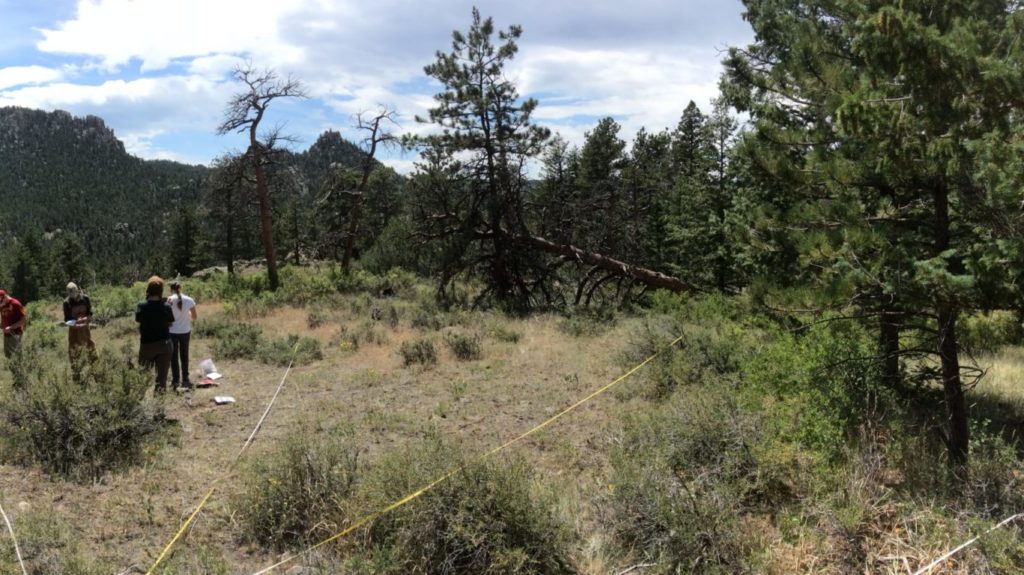Big Thompson Initiative Partner Profile
Colorado Forest Restoration Institute
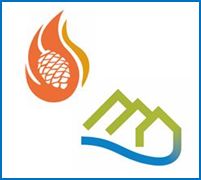 Since 2016 Peaks to People Water Fund and the Colorado Forest Restoration Institute (CFRI) have been working together to assess forest conditions in Northern Colorado to ensure project selection meets the water funds goals and objectives. As a science-based outreach and engagement organization CFRI leads collaborations between researchers, managers, and stakeholders to generate and apply locally-relevant, actionable knowledge to inform forest management strategies. Both Peaks to People and CFRI are committed to conservation that achieves measurable outcomes and is based on strong science.
Since 2016 Peaks to People Water Fund and the Colorado Forest Restoration Institute (CFRI) have been working together to assess forest conditions in Northern Colorado to ensure project selection meets the water funds goals and objectives. As a science-based outreach and engagement organization CFRI leads collaborations between researchers, managers, and stakeholders to generate and apply locally-relevant, actionable knowledge to inform forest management strategies. Both Peaks to People and CFRI are committed to conservation that achieves measurable outcomes and is based on strong science.

Upon completion of our Feasibility Analysis, Peaks to People established a Working Group to help progress the outcomes identified in the study. This group consisted of a variety of Northern Colorado businesses, organizations, landowners, and interested parties committed to protecting our forests and watersheds. CFRI played an integral role in our early efforts as part of our Science and Monitoring Team.
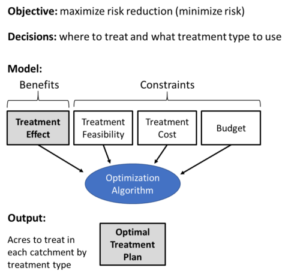
Over the next five years CFRI and Peaks to People co-developed a risk assessment and fuel treatment planning decision support system, called the “Watershed Investment Tool”. The tool analyzes pre-treatment forest fuel conditions, determines the optimal treatment methods (such as prescribed fire and/or mechanical thinning), and helps stakeholders establish project goals. It also analyzes the results of each project to provide measurable outcomes of success and inform future decisions.
During this same time period we completed work at several demonstration sites to assist with initial data gathering, testing and process development. Two of the sites selected were Ramsay-Shockey in the Big Thompson watershed and the Ben Delatour Scout Ranch in the Cache la Poudre watershed. The team at CFRI worked closely with the Colorado Chapter of The Nature Conservancy and other partners to lead monitoring at the demonstration sites to assess how projects aligned with Peaks to People program goals and objectives.
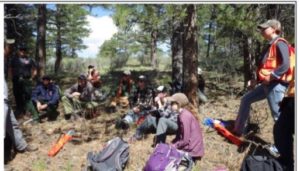
In a true display of collaboration, participants from over 10 agencies assisted CFRI in the data collection. The data was then compiled into the Watershed Investment Tool to measure ecological benefits and returns on investments. Analyses suggested Peaks to People’s restoration treatments enhanced forest resilience to wildfire. To learn more and read the full ecological monitoring report compiled by CFRI these demonstration sites visit The Outcomes page on our website.
The Ramsay-Shockey and Ben Delatour Scout Ranch demonstration sites continue to be great examples of the effectiveness of cooperation and peer-to-peer learning. Both sites have hosted multiple visits from potential water fund investors, and serve to demonstrate connections of forest and watershed health to new audiences. They provide an open-air forum for managers, researchers, and stakeholders to engage in collaborative discussion about forest ecology and management.
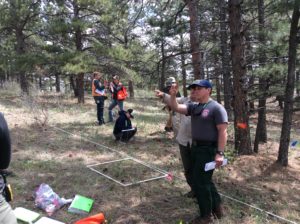
Today the Colorado Forest Restoration Institute continues to support Peaks to People with enhancements to the Watershed Investment Tool and Co-benefits tools, and ecological monitoring for Peaks to People forestry projects. CFRI assists with analyzing past and proposed projects and supports entry of projects in Peaks to People’s Forest Health Project Outcomes Tracker. They are also active members of our Stakeholder Committee which was formed in 2018 to ensure continued input from a diverse group so that the Peaks to People Water Fund functions successfully into perpetuity.
We are grateful for our important partnership with CFRI. Together we are improving the effectiveness of forest management strategies, restoring the health of Northern Colorado’s forests and protecting our critical watersheds from severe wildfires.
“Forest management planning and implementation uses a mix of science and art to translate programmatic goals into management actions that are appropriate for the site-specific forest and fuel conditions. Peaks to People has committed to monitoring the effects of their actions to verify project outcomes, improve effects modeling, and adaptively manage their forest restoration and fuel treatment program.” Colorado Forest Restoration Institute Aug 2020
